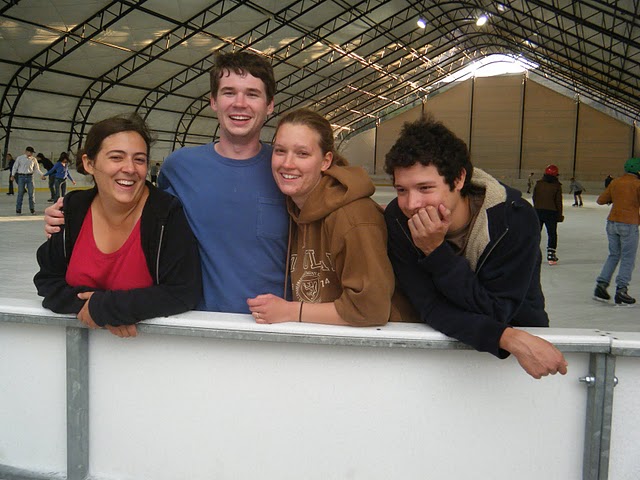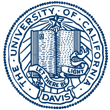
This REU program was funded through NSF PHY-1004848.
Exploratorium, Muir Woods, Muir Beach
We made a Saturday trip to the San Francisco area. In the morning we went to the Exploratorium, a science museum at the site of a former World Exposition. We drove north across the Golden Gate Bridge to Muir Woods National Monument, which has the nearest old-growth redwood trees to San Francisco. From there we continued to the nearby Muir Beach.
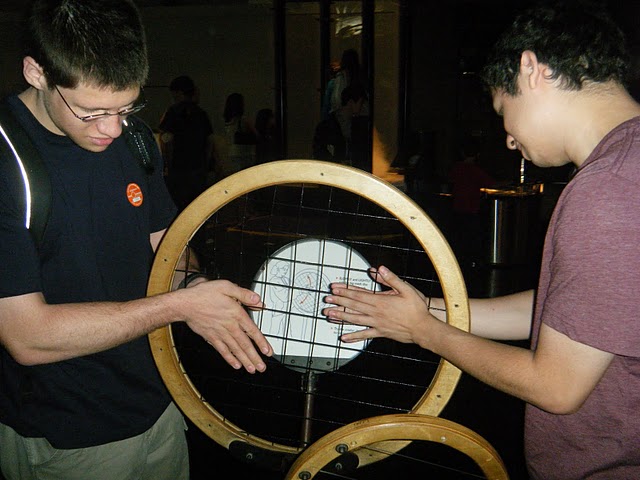

Crocker Nuclear Laboratory
In the late 1930's, Ernest Lawrence directed the construction of the largest cyclotron in the world, 60 inches in diameter. The machine was used in the discovery of many actinide elements. After it had been superseded by even bigger accelerators, the fledgling UC Davis physics department inherited its magnet and constructed its own cyclotron around it. The Davis cyclotron continues to operate, for work from eye surgery to air quality testing to gauging how cosmic radiation affects scientific equipment.
Lick Observatory
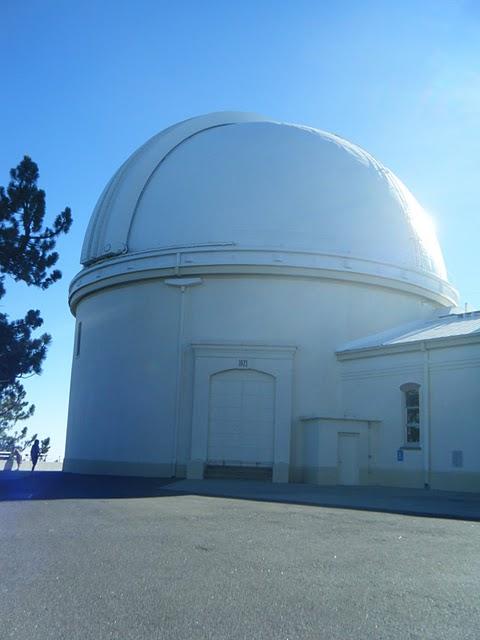
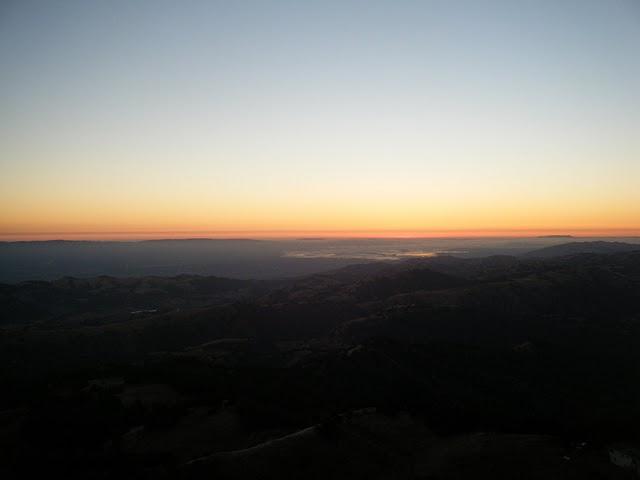
On our tour to Lick Observatory we saw several of the telescopes and heard about the research done on them. Lick is no longer at the very forefront of astronomy, either in the location of the observatory on a low mountain near a major metropolitan area or in the sizes of its telescopes. However, it has several mid-sized telescopes that are still in demand for research, especially for projects that require large amounts of observing time that would not be approved on the world's largest telescopes. After a break to watch the sunset, our guide recounted how the eccentric Joseph Lick came to devote much of his wealth to founding the observatory. We finished with a viewing through what was once the world's largest refracting telescope.
Hat Creek Radio Observatory and Lassen Volcanic National Park
The telescope array at Hat Creek Radio Observatory, run by UC Berkeley, serves two purposes: searching for signals from other intelligent life in the universe, and doing radio astronomy research. Our tour guide opened up one of the dishes to show the toothed detector within, with different sized teeth responding to different frequencies. The isolated location of the observatory is a deliberate attempt to reduce man-made radio interference. Cell phone signals, for example, not only can overwhelm true astronomical signals but also can damage the electronics within an opened dish.

At Lassen we ascended Cinder Cone, which feels like climbing a 700-foot-tall sand dune. On our way back to the campsite we stopped to swim, wade, or dabble feet in Butte Lake. The next day we hiked through some of Lassen's lush scenery (below left) to the hydrothermal areas in the southeastern portion of the park (Terminal Geyser, below right); even in mid-July, the larger and better-known hydrothermal region in the western part was still inaccessible because of snow!


Lake Tahoe
We returned for the sixth summer to Professor Chiang's home near Lake Tahoe. Our trip began with the Tahoe Environmental Research Center's exhibits on lake clarity and ecology, and on efforts to minimize human influence. Saturday evening and Sunday were purely recreational. Assorted groups of students went ice skating, hiked up Mount Tallac, waded and swam in Lake Tahoe itself, and relaxed in Professor Chiang's hot tub.